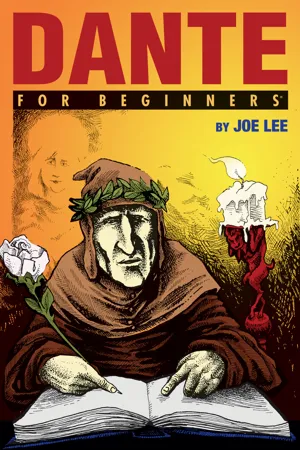
eBook - ePub
Dante For Beginners
Joe Lee
This is a test
- 192 páginas
- English
- ePUB (apto para móviles)
- Disponible en iOS y Android
eBook - ePub
Dante For Beginners
Joe Lee
Detalles del libro
Vista previa del libro
Índice
Citas
Información del libro
Dante For Beginners takes the reader on a trip starting in hell and ending in heaven. The reader gets a quick introduction to Dante and his times. Next, the reader meets a sweet lass named Beatrice and samples a bit of his other literary offerings, such as the great feast, the Convivio. But then it’s on to the big one, the Commedia, and a canto by canto description of the entire work. Characters, ideas and situations are described as they happen—no searching through end notes, footnotes or field notes to distinguish Forese Donati, Dante’s pal, from his evil brother, Corso. The entire plan of the hereafter is simply mapped out. Dante For Beginners is a great vacation with history’s greatest tourist, Dante Alighieri.
Preguntas frecuentes
¿Cómo cancelo mi suscripción?
¿Cómo descargo los libros?
Por el momento, todos nuestros libros ePub adaptables a dispositivos móviles se pueden descargar a través de la aplicación. La mayor parte de nuestros PDF también se puede descargar y ya estamos trabajando para que el resto también sea descargable. Obtén más información aquí.
¿En qué se diferencian los planes de precios?
Ambos planes te permiten acceder por completo a la biblioteca y a todas las funciones de Perlego. Las únicas diferencias son el precio y el período de suscripción: con el plan anual ahorrarás en torno a un 30 % en comparación con 12 meses de un plan mensual.
¿Qué es Perlego?
Somos un servicio de suscripción de libros de texto en línea que te permite acceder a toda una biblioteca en línea por menos de lo que cuesta un libro al mes. Con más de un millón de libros sobre más de 1000 categorías, ¡tenemos todo lo que necesitas! Obtén más información aquí.
¿Perlego ofrece la función de texto a voz?
Busca el símbolo de lectura en voz alta en tu próximo libro para ver si puedes escucharlo. La herramienta de lectura en voz alta lee el texto en voz alta por ti, resaltando el texto a medida que se lee. Puedes pausarla, acelerarla y ralentizarla. Obtén más información aquí.
¿Es Dante For Beginners un PDF/ePUB en línea?
Sí, puedes acceder a Dante For Beginners de Joe Lee en formato PDF o ePUB, así como a otros libros populares de Literature y Medieval & Early Modern Literary Criticism. Tenemos más de un millón de libros disponibles en nuestro catálogo para que explores.
Información
Categoría
Literature
LOVE! Love was certainly the one thing that thirteenth century Europe could have used a little of. Let it be said that this was neither the best of times, nor the worst of times—it was a time of transition. Commerce was on the rise, pushing out the ancient regime: the feudal system. Wealth was becoming the standard of power, and those that claimed their titles from a higher power were not pleased to have upstarts stinking of savvy and lucre taking over. This struggle was becoming particularly pointed in the northern half of Italy. Geographically, Venetia, Tuscany, Lombardy, Emilia, Romagna, and the other regions were perfectly located at the crossroads of trade between north and south, east and west. Cities like Venice that might have been nothing more than fever smitten backwaters were thriving, prospering bastions of the new capitalism.
No longer would populations depend on fertile farmland or abundant fisheries for their feed. Trade in silk, perfumes, and every other commodity that might be desired could put ample quantities of food on the table. Smarts were becoming more important than mail-coated brawn. And those old hackers and slayers with tiaras on their brows and swords in their hands weren’t about to stretch out on their gothic tombs just yet. The ironclad boys owned the land the caravans had to cross to get from city to city, and if you were carting goods on their roads, they demanded you pay their tolls.
The merchants balked, and where taxes pinched painfully in the wallet, death’s fingers would not long be idle. The Guelph party was born to stay the miscreant hand of the Ghibelline nobs; thus city warred against city, party against party, and the gold and green landscape of northern Italy was painted red with Latin blood.

The Ghibellines were eventually defeated, for they, the noble landed class, had their day and were forced to retire to the darkness of history.
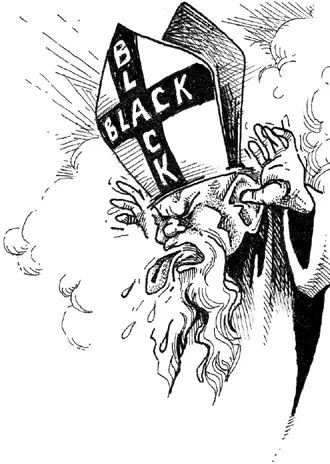
However, all was not exactly hunky-dory for the Guelphs, as they had their own painful separation into two rival factions: the whites and blacks. The white party saw the papacy as a threat to their legitimate interests and thought Rome should be the seat of religious authority and not temporal power. They longed for the return of the Roman Empire.
The blacks were not impressed with any romantic returns to “the purple” and thought rendering unto the pope was a better proposition than unto Caesar (as long as the pope was suitably reasonable in his request for rendering). So black mixed it up with white and lord, it all became a confusing shade of gray.
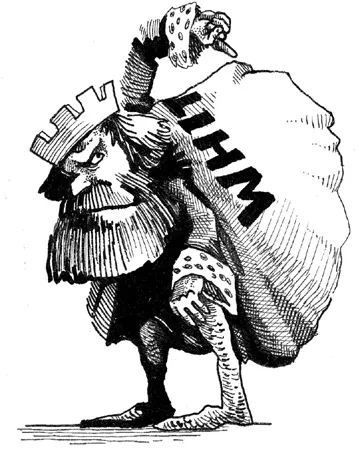
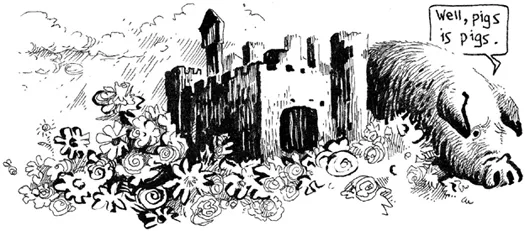
Florence was right smack in the center of all this turmoil, and even without this ongoing political folderol, the city had plenty of other problems to contend with. It had grown about three times as large in the thirteenth century as it had been in the preceding years, expanding far beyond the wall built during the Roman Empire.
New walls were eventually erected at the end of the century, taking fifty years to complete. Walls were very important for any polis at the time, because when visitors came to call, they often knocked with battering rams and rarely left with a cheery how-de-do. But the walls were also dangerous for what they kept inside.
Florence, so called for the abundance of flowers that grew there, was a steaming cauldron of pestilence and sewage, like any medieval city. Only the richest Florentines could afford that modern convenience: the cesspool. The rest must make do with dumping their chamber pots into the street, where errant pigs and dogs performed their work as sanitation engineers, and a good strong rain would hopefully rush it all into the river Arno, which burbled its way through the town.
Drinking water was dipped from public wells dotted through the various neighborhoods and not from the polluted waterway, but this sanitary consideration meant that when one’s area drink went bad, everybody got sick. Is it any wonder that wine was not only considered a great revenant of the spirits but a miraculous panacea as well?
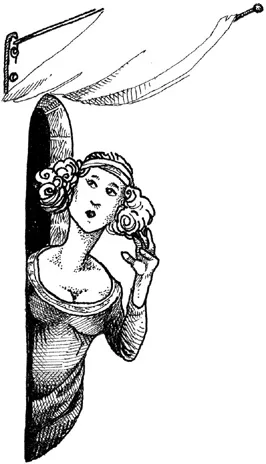
(It is important to know that this was a time long before “germ theory” and microbiology. We humans looking for the causes of life conditions at the time must postulate from information at hand. Sin makes sense as the causal agent of plague and destruction when no other logic will answer, and witchcraft and devilment seemed likely suspects in the absence of verifiable sin.) The houses were made of stone (a prevalent material in this mountainous region) when stone workers could be afforded. The richest became the swelling class of merchants and bankers, (the church’s old proscriptions against money lending—it being a grave sin not to earn by the sweat of your brow—had finally fallen). Grand palaces with tiled floors and tapestried walls were being constructed.
The poor made due with hovels made from cast-off stone or easily secured wood, which was an extremely volatile material in a world warmed by open fires. Slum conflagrations were an ever-present danger. Streets were similarly economically distributed about the town with paved and guttered thoroughfares in the wealthy districts and stretches of mud or dust (depending on the weather) in the poorer suburbs.
The church was the one place where every Florentine, or every baptized soul in Christendom, could come together in equal abundance and grandeur.
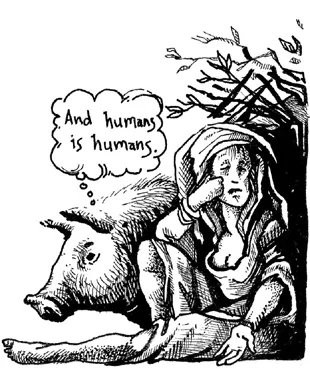
The well-to-do—men wearing the latest gaudy silk robes and women in trés chic long-trained gowns balanced with a fetching décolletage, hair blonded by exposure to the sun in “blonding hats”—would rub shoulders with lice-ridden beggars (those little insects could also be spied cavorting between madams’ exposed cleavage, as well) in churches all over the city.
The beautiful baptistery of San Giovanni and the monastery and church called La Badia still stand today, the Renaissance and other urban renewal projects having laid the others low.
The church was not only a building painted with frescos, jeweled with mosaics, and lavished with gold. It was the center, the soul of the medieval world community. All were ultimately judged by its standards. If you managed to stave off the judgment in this life, you would undeniably be meted out your punishment in the next.
To stand outside the church meant not only excommunication from a religious body but to place one’s self against the workings of the natural world.

This is why the church in the early part of the thirteenth century under the auspices of Pope Innocent III launched a crusade against the Cathars of province. The Cathars, from the Greek word for “pure,” were not some God-forsaken band of infidels in some far-off country. They were a Christian sect that had its roots in Gnostic tradition and not Roman Catholicism. The Cathars—or Albigensians as they were also called because they were headquartered in the provincial city of Albi—believed that one should bypass the dictates of a hierarchy and instead concentrate on living a “perfected” life. The more perfect the life the more simple its demands, as matter was the creation of the devil and the spirit was trapped therein. The most perfected “perfects” actually starved themselves to death.
This was not the way to Heaven according to the one, holy, and apostolic church. Many people were converting to this heretical belief and the Catholic prelates and priests in the region were not only not combating it, but in some instances, they were embracing it. Pope Innocent said enough already, unfurled the red-cross banners, conscripted the troops (primarily the King of France, who was more than ready to annex this region as his own), and blew the charge. Provence would thereafter become part of France, a budding culture of art. The troubadours were primarily a provincial creation, and tolerance was destroyed.
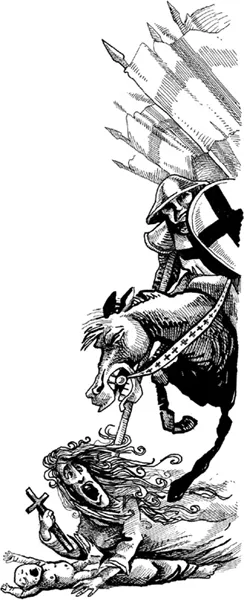
Dear Pope Innocent was politically shrewd, not just some iron-fisted bully. In 1223, after several years of cautious support, the Franciscans were incorporated as a new monastic order. St. Francis could easily have been seen as a heretic, sidestepping usual ritual and urging his followers to live the life of Christ (instead of just insincerely mouthing prayers and buying indulgences), but inside the church, his message could be controlled and used to bolster the faith of the radicals who viewed the New Testament as a more important missive than a papal bull. The Dominicans were also founded about this time as an order of missionaries to the already baptized, to keep the faith approved by the shepherds of the flock and not pulled away by the “wolves” lurking at its edges.
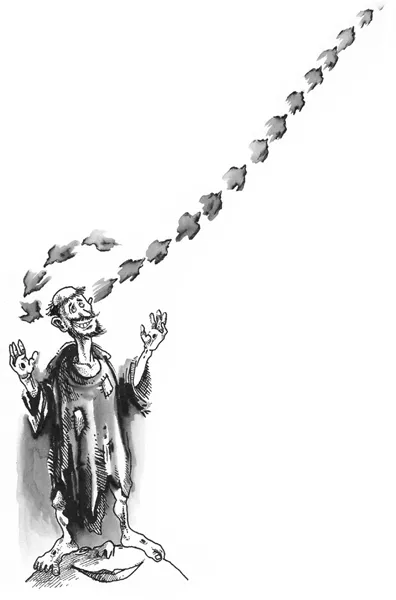
But war, pestilence, squalor, and death were not the sum total of medieval Florentine life. There was fun! Of course, death was part of the fun. Public executions like beheading muckety-mucks, burning heretics and POWs, and burning common criminals alive upside down in a hole were always diverting.
Horse races and gambling were popular pastimes that did not necessarily lead to bloodshed. Festivals, both religious and secular, were a time for singing and dancing, and jongleur, acrobat, and fool. Poetry was often a shared passion, with poets emulating the troubadours, demoting publicly and privately in witty and complicated rhyme. And of course, one must not forget the pleasures of love—not sex—as invented by the troubadours.
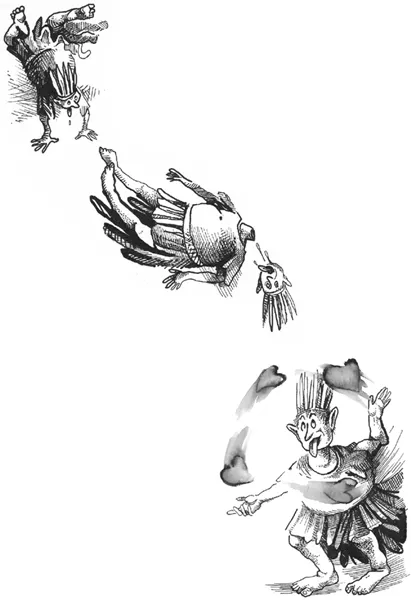
Love was the undying ember that burst forth in the breast and surely, eventually inflamed the entire being. Love was pure, not to be sullied by clutching fingers and spurting fluids. Love w...
Índice
Estilos de citas para Dante For Beginners
APA 6 Citation
Lee, J. (2011). Dante For Beginners ([edition unavailable]). For Beginners. Retrieved from https://www.perlego.com/book/501140/dante-for-beginners-pdf (Original work published 2011)
Chicago Citation
Lee, Joe. (2011) 2011. Dante For Beginners. [Edition unavailable]. For Beginners. https://www.perlego.com/book/501140/dante-for-beginners-pdf.
Harvard Citation
Lee, J. (2011) Dante For Beginners. [edition unavailable]. For Beginners. Available at: https://www.perlego.com/book/501140/dante-for-beginners-pdf (Accessed: 14 October 2022).
MLA 7 Citation
Lee, Joe. Dante For Beginners. [edition unavailable]. For Beginners, 2011. Web. 14 Oct. 2022.